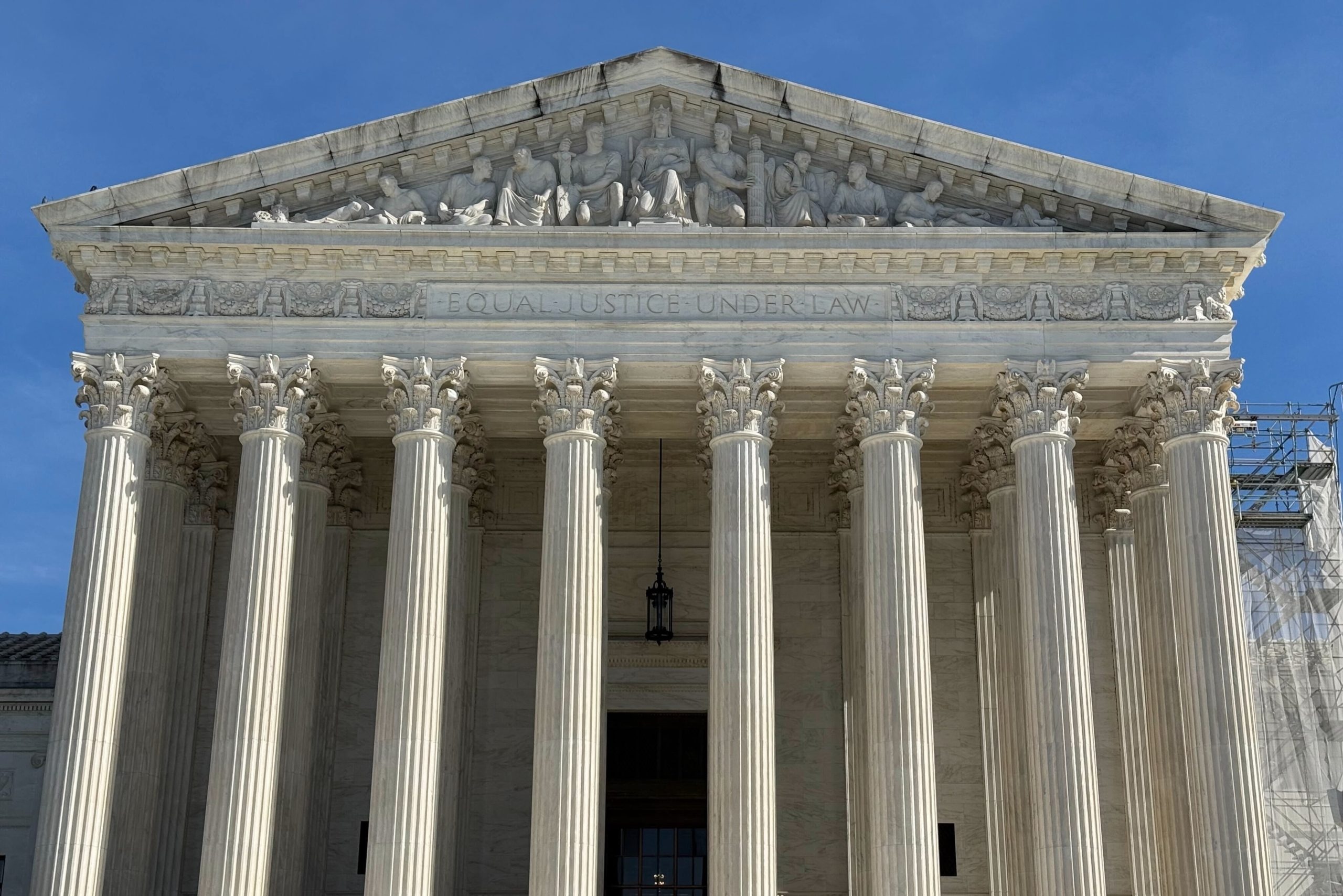What is the Supreme Court’s long conference?


Edward Lazarus, a former clerk to the late Justice Harry Blackmun, called it a “single marathon session.” Gregory Garre, who served as the U.S. solicitor general during the George W. Bush administration, described it as the place “where petitions go to die.” Lazarus and Garre were both referring to the “long conference” – a private meeting, taking place this year on Sept. 29, at which the justices will consider the roughly 2,000 petitions for review that have built up since their last regularly scheduled conference (on June 26) before their summer recess.
The long conference is the unofficial start to the court’s new term, which by law officially begins on the first Monday in October. The tradition of a “long conference” at the end of September or in early October, before the justices take the bench to hear oral arguments, dates back to the early 1970s, according to a book by the late Chief Justice William Rehnquist. Until then, the court held its long conference during the first week in October, and had oral arguments thereafter. But Blackmun suggested that the court should move its meeting to the last week in September, allowing it to begin oral arguments on the first Monday in October instead.
The justices prepare for the long conference in the same way that they do for their other conferences. The process of screening petitions for review (along with briefs opposing those petitions and “friend of the court” briefs) is handled primarily by the justices’ law clerks, who are usually relatively recent law school graduates who began their jobs at the Supreme Court just a few months earlier, typically in July.
Seven of the nine justices – all but Justices Samuel Alito and Neil Gorsuch – participate in a labor-saving device known as the “cert pool,” in which one clerk from one of the seven justices’ chambers reviews a petition, drafts a memo summarizing the facts and issues in the case, and makes a recommendation about whether the justices should grant review. That memo is then circulated to the chambers of the six other justices.
If at this point you are picturing a lengthy, laborious process in which the justices vote on each of the 2,000 or so petitions scheduled for consideration at the long conference, don’t worry! The justices don’t actually consider all of the petitions that are theoretically before them during any particular conference. Instead, the overwhelming majority of petitions fall out of contention before the conference, when the justices create a “discuss” list – which, as the name suggests, is a list of the cases that the justices intend to actually discuss and vote on. Any justice can ask to have a case included on the discuss list; if a case does not make the list, it is automatically denied without the justices ever voting on it.
The Supreme Court normally issues a list of granted cases a few days after the long conference, kick-starting the briefing in those cases so that they can be ready, if needed, to be argued in January. During the past 10 years, the justices have granted anywhere from five (in 2018, 2019, and 2021) to 15 (in 2024) petitions for review. But even if the court grants more cases from the long conference than it normally does at other times of the year, the odds of getting your petition granted from the long conference are approximately half (at 0.6%) of your already low (1.1%) chances at other times of the year, according to a 2015 story by Adam Liptak of the New York Times.
It’s not entirely clear how to explain this phenomenon. One 2015 study suggested that, perhaps out of caution, new law clerks are significantly less likely to recommend that a petition be granted than they are later in their tenure: It is easier to recommend that the court deny review than for the clerk to risk damage to his or her own reputation by recommending a grant that later turns out to be a dud.
Other court watchers have attributed the lower rate of grants from the long conference to the justices themselves, and specifically to a fear of commitment on their part. With the rest of the term spread out before them, the thinking goes, the justices may not want to take too many cases at once and fill up their calendar. Instead, they may want to wait and see what the rest of the term brings them.
A third theory seeks to explain the lower rate of grants as the result of a self-fulfilling prophecy, attributable to the lawyers who practice regularly before the court. Because the odds of getting your petition granted are lower if the justices consider it at the long conference, the theory suggests, experienced Supreme Court practitioners will make every effort to move their petitions to another conference – for example, by seeking rehearing in the lower court or by seeking extensions to file their petitions for review in the Supreme Court. These efforts lead to fewer desirable petitions on the long conference and, therefore, fewer granted petitions.
The court announces the petitions that don’t make the cut, for whatever reason, in a second set of orders that is normally released on the first Monday in October. With the justices denying review of hundreds or even thousands of petitions, the second order list can often be as long as 75 or 80 pages – so long that on Oct. 6, 2014, no one initially noticed that the paper copy released to reporters at the Supreme Court was missing roughly 30 pages. This would be problematic on any day, but it created even more chaos on that day because reporters were waiting to see whether the court had declined to review lower-court decisions invalidating four states’ bans on same-sex marriage. The reporters eventually learned that the court had turned down the petitions for review, clearing the way for same-sex marriages in those states and in other states with similar bans within those circuits.
When the justices meet for the long conference on Sept. 29, the petitions that they will consider include a challenge to President Donald Trump’s reliance on the International Emergency Economic Powers Act to impose tariffs, as well as a challenge to New York’s since-repealed 2021 mandate requiring most employees at hospitals and nursing homes to be vaccinated against COVID-19. If last year provides any guidance, the court is likely to issue grants from the long conference on Friday, Oct. 3, with more orders to follow on Monday, Oct. 6.
Posted in Court Analysis, Uncategorized